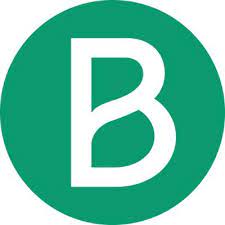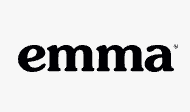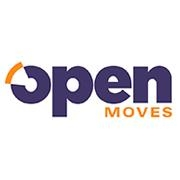Woodpecker vs Moosend
Hyperise integrates with 100's of sales and marketing tools, many of which are in the Email Marketing category. With so many to choose from it's sometimes hard to know which is best, but don't worry, we've got your covered.
In this comparison guide we're going to look at the Highlights, Pros, Cons and Pricing of Woodpecker and Moosend. We'll also delve into the details of which offers the best personalization options within Email Marketing, with there respective Hyperise integrations

Woodpecker
Pricing: Woodpecker is an email marketing platform that offers several pricing plans based on the number of email campaigns and the number of email addresses that can be added to the platform: 1. Pro Plan: This plan costs $40/month and allows for up to 1 email campaign and up to 1,000 email addresses. 2. Team Plan: This plan costs $80/month and allows for up to 3 email campaigns and up to 3,000 email addresses. 3.
Vs

Moosend
Pricing: Moosend is an email marketing automation platform that offers various pricing plans based on the number of subscribers you have. Their pricing plans are as follows: 1. Free Plan - $0 per month for up to 1,000 subscribers with limited features. 2. Pro Plan - Starts at $8 per month for up to 1,000 subscribers and includes more advanced features such as automation workflows and landing pages. 3.
Woodpecker vs Moosend Highlights
Woodpecker is an email marketing platform that specializes in personalized cold email outreach, whereas Moosend is a more comprehensive email marketing platform that offers features such as email automation, landing page creation, and email campaigns.
Woodpecker allows users to send customized cold emails to potential leads using advanced personalization features, follow-up sequences, and dynamic text fields. It also offers team collaboration tools and in-depth analytics to track campaign performance.
On the other hand, Moosend offers a wider range of features such as email automation, campaign management, landing page creation, and audience segmentation. It also provides integrations with third-party platforms and a drag-and-drop email editor for easy email creation.
Overall, Woodpecker is best suited for businesses looking for a dedicated cold email outreach tool, while Moosend is a more comprehensive platform for businesses looking for a one-stop email marketing solution.
Woodpecker vs Moosend Pros
Woodpecker Pros
- Woodpecker offers advanced email personalization features which are not available in Moosend.
- Woodpecker has a stronger focus on outbound email marketing than Moosend, making it a better option for businesses that prioritize this type of marketing.
- Woodpecker offers more integrations with popular third-party apps than Moosend, giving users more flexibility when it comes to automating processes.
- Woodpecker provides in-depth analytics and reporting to help users track their email marketing efforts, while Moosend's reporting features are not as extensive.
- Woodpecker's customer support team is known for being responsive and helpful, while Moosend's support can be slower to respond.
Moosend Pros
- Moosend offers advanced automation features, including workflow automation, event-triggered campaigns, and drip campaigns, while Woodpecker focuses more on follow-up email automation.
- Moosend has a user-friendly drag-and-drop email editor, while Woodpecker's editor is more text-based and may require some HTML knowledge.
- Moosend has a built-in landing page builder, which can save users time and effort when creating landing pages for their email campaigns. Woodpecker, on the other hand, does not offer this feature.
- Moosend offers a free plan with some limitations, while Woodpecker does not have a free plan.
- Moosend has a higher deliverability rate compared to Woodpecker, which means that emails sent through Moosend are more likely to land in recipients' inboxes rather than their spam folders.
- Moosend has integrations with over 100 third-party tools, including Shopify, Salesforce, and Zapier, while Woodpecker has fewer integrations overall.
Woodpecker vs Moosend Cons
Woodpecker Cons
- Limited automation options
- Outdated and hard to navigate user interface
- No mobile app for on-the-go email management
- Lack of integrations with other apps and software
- Higher pricing compared to Moosend for similar features
- Limited customer support options, only offering email support
Moosend Cons
- Limited integration options with third-party apps and platforms compared to Woodpecker
- No built-in email verification tool or option to verify email addresses before sending emails
- Limited advanced automation and personalization features compared to Woodpecker
- No option to preview emails across different devices, email clients, and browsers before sending
- Limited reporting and analytics capabilities compared to Woodpecker, such as not being able to track clicks by individual recipients
- Higher pricing plans compared to Woodpecker, especially for larger teams or businesses.
Woodpecker & Moosend Hyperise Integrations
Woodpecker uses the Image embed method to integrate with Hyperise, giving a simple way to add personalized images to your messages.
Woodpecker makes the following data points available to Hyperise, to enable personalization in images used in outreach and linked out to your personalized website landing pages.

- Using business Email passed from Woodpecker, Hyperise is able to enrich business logo and website screenshots. In some cases, with a business Email we're also able to enrich profile images, subject to the business email having a publicly available profile.
- Using business Website passed from Woodpecker, Hyperise is able to enrich business logo and website screenshots.
- Business name
Woodpecker Integration Guide
Moosend uses the HTML code embed method to integrate with Hyperise, giving a simple way to add personalized images to your messages.
Moosend makes the following data points available to Hyperise, to enable personalization in images used in outreach and linked out to your personalized website landing pages.
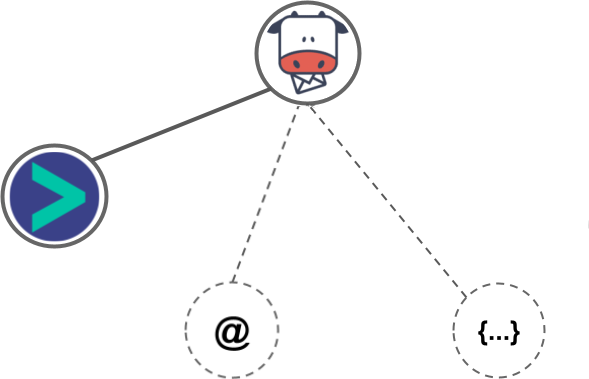
- Using business Email passed from Moosend, Hyperise is able to enrich business logo and website screenshots. In some cases, with a business Email we're also able to enrich profile images, subject to the business email having a publicly available profile.
Moosend Integration Guide
 vs
vs  vs
vs 
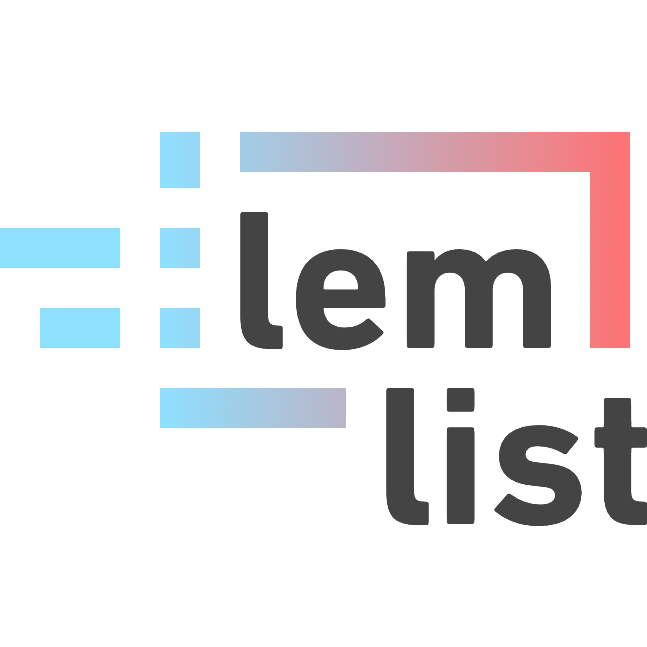 vs
vs 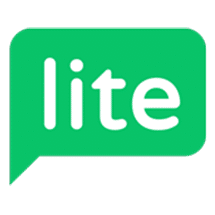 vs
vs  vs
vs  vs
vs  vs
vs  vs
vs  vs
vs 
 vs
vs  vs
vs 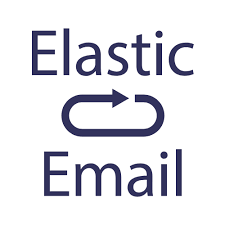 vs
vs  vs
vs 

 vs
vs  vs
vs  vs
vs  vs
vs  vs
vs  vs
vs 







 vs
vs  vs
vs  vs
vs 